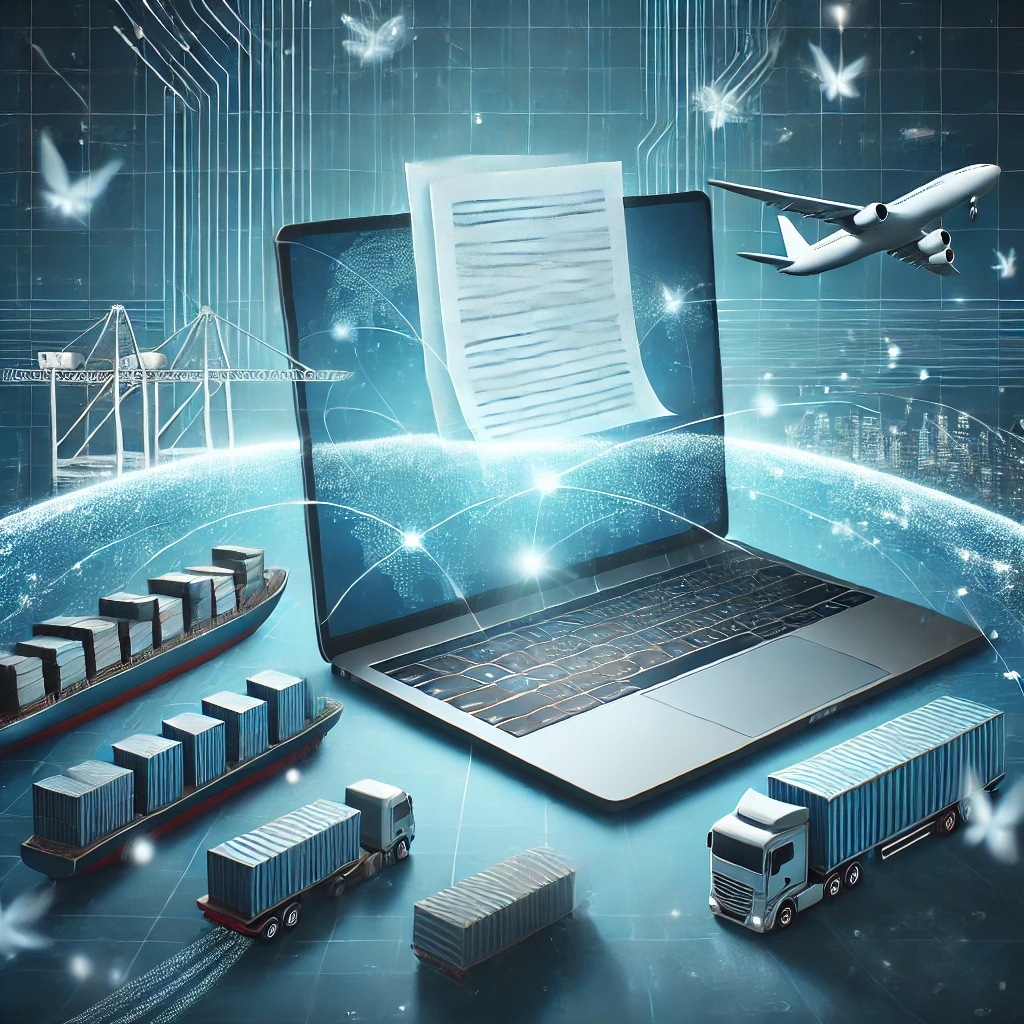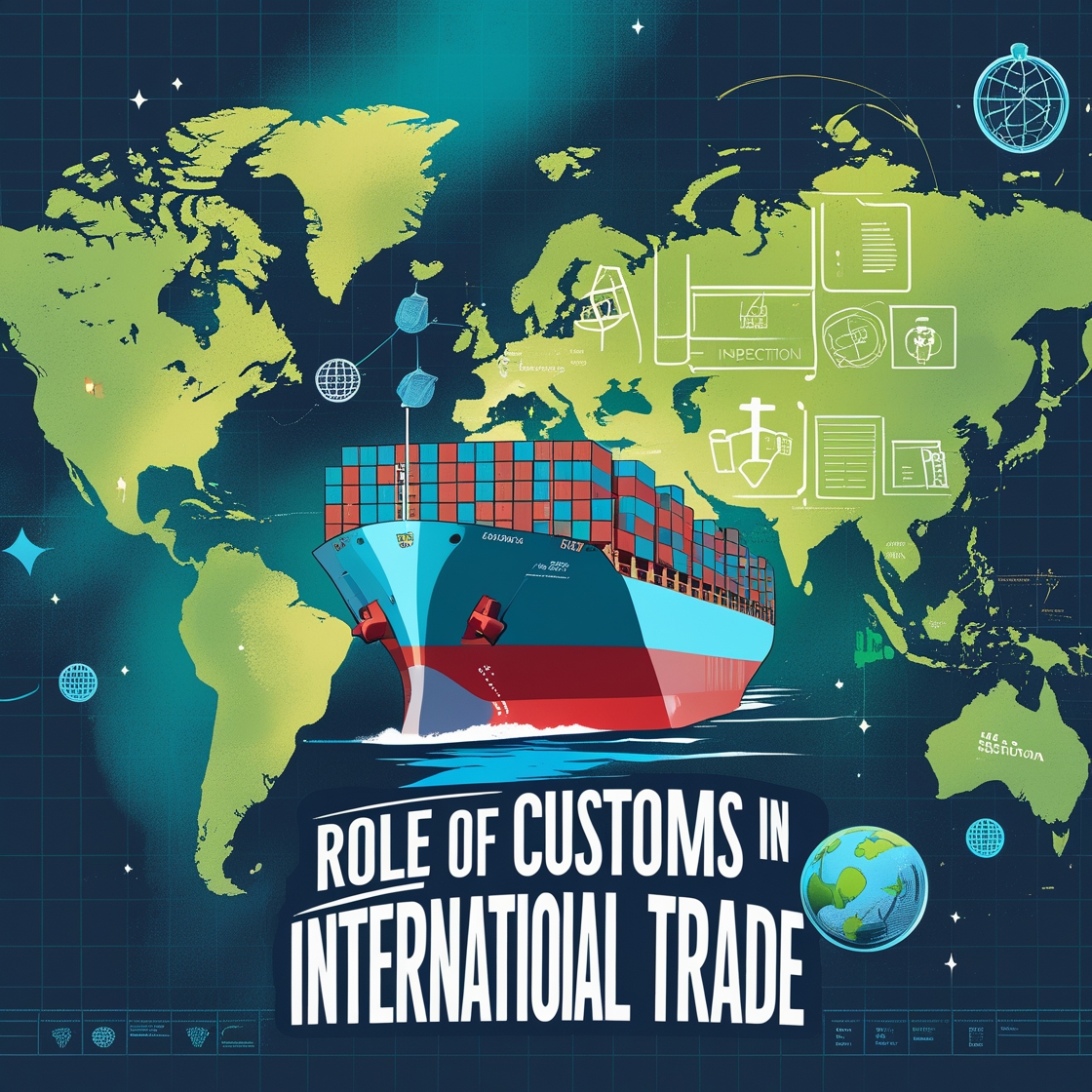As the world moves toward a digital future, the usage of digital devices in various sectors becomes more common. Now smart devices and computers are used to record and store data and information digitally rather than manually on paper. Societies are increasingly pivoting towards digitization through initiatives such as a cashless society where there would be no paper money, the adoption of digital devices for educational institutes so students don’t need to note down on paperback notebooks, and many more. Global commerce is no exception to this Paperless Trade Documentation.
Businesses, clients, and customs are moving away from paper-based systems to digital platforms to keep track of everything. This not only reduces waste by reducing physical copies but also provides efficiency and additional security. Moreover, digital systems save costs in the long run. Many technologies such as blockchain, AI, and cloud systems are changing the paperwork system in trade. Here we will discuss in delta about the future of paperless trade documentation.
Paperless Trade in the 2020s
Trading takes place in a complex ecosystem where various parties are involved. Each of the parties is responsible for various processes in different stages of global trading. Stakeholders in trading such as financial institutes, exporters, importers, and customs authorities all of them have to keep records of various information involved in trading. Invoices, bills of lading, certificates of origin, and letter of credit are some of the information essential to trading. These types of information have been recorded and stored using paper which is time-consuming and inefficient. Digitalization has already increased efficiency in paperwork processes.
A recent report by the World Trade Organization (WTO) showed that almost 40% of global trade transactions still use some form of manual paper-based documentation. But this figure will gradually go down as more nations adopt digital systems. The United Nations Global Survey on Digital and Sustainable Trade Facilitation found that 75% of surveyed economies were successful in implementing at least one measure for paperless trade. It is a nice improvement over the 65% from the previous years.
Benefits of Paperless Trade Documentation
Better Efficiency
Paperwork just doesn’t include filling up the documents. The documents have to be verified with seals of approval and have to be transferred. Sometimes along the way, there are possibilities of paper documents getting lost. Paper documents are prone to more errors as it’s easy to make mistakes and hard to find them. All of this can lead to huge delays and these types of problems were not uncommon just a few decades ago.
Digital recording and paperwork systems has made it easier than ever to complete paperworks efficiently without delays and mistakes. The automation process has made filling out grueling paperwork easy with simple steps. Electronic Bills of Lading (eBLs) can significantly reduce the processing of trade documents from the usual 10 days to under 24 hours. A recent study by the International Chamber of Commerce (ICC) found that digital systems can reduce paperwork time by nearly 80% in shipping and trading. Singapore has bolstered its trading efficiency by using the TradeTrust framework. This platform can handle documents seamlessly thus improving efficiency. TradeTrust has successfully facilitated more than $1.3 billion worth of transactions efficiently.
Lower Cost
Eliminating physical paperwork saves on printing, courier services, and storage of paperwork. This reduces the cost of administration. Moreover, you don’t have to employ additional manpower for the grueling paperwork tasks. The International Chamber of Commerce (ICC) predicts that global trade can save more than $6.5 billion per year with the implementation of digital documentation.
In recent times the EU has adopted electronic Consignment Note (e-CMR) for land transportation. 34 European nations have implemented the e-CMR system for freight documentation and paperless supply chains. This has enabled transportation businesses to reduce almost 70% in administrative costs by reducing the load on paperwork and error.
Better Security
Digital systems, especially blockchain technology, ensure transparency and security. Data is stored in encrypted systems which are resistant to tempering. This way fraud in trading can be reduced by a large margin. A Deloitte report brought to attention that blockchain-based paperless trade systems could eliminate nearly 80% of finance fraud cases.
Sustainability
Digital systems are sustainable both as a business model and for the environment. The traditional way of conducting business requires tons of paper for its operations. For this paper industries have to cut down trees which causes deforestation and hinders carbon absorption by trees. The World Economic Forum (WEF) predicts that the digitalization of trade processes can lead to a reduction of carbon emissions by nearly 20% which is equivalent to nearly 13 million tons of CO2 per year.
Technologies in Paperless Trade
Blockchain Technology
A digital ledger that is decentralized for storing transactions safely. This technology is very secure, nearly hackproof, and also safeguards data against tampering. Platforms such as TradeLens and Digital Standards of ICC are using blockchain technology for cross-border transactions.
Digital Signatures and e-Authentication
Now businesses don’t have to wait in long lines for officials to sign on documents for authentication with digital signatures. Officials can sign any necessary documents remotely to facilitate businesses reducing the time of doing business.
Artificial Intelligence (AI)
AI platforms can go through huge amounts of data to create efficient models for businesses and supply chains. They can automate processes to solve problems and tasks within a short period of time. These trained systems can verify documentation within a short period of time, making sure goods comply with the regulations.
Electronic Data Interchange (EDI)
With the help of EDI, paperwork loads are automated. Trading partners can exchange documents efficiently. A common system can eliminate the requirement of manual data entry providing additional compatibility.
The future of paperless trade documentation promises more trading volume and more businesses with better efficiency and security. Implementing the digital system is still good miles away worldwide, but it will take root in every nation gradually. Policy makers, businesses and government officials should work together to make this process faster so everyone can benefit from its implementation.


